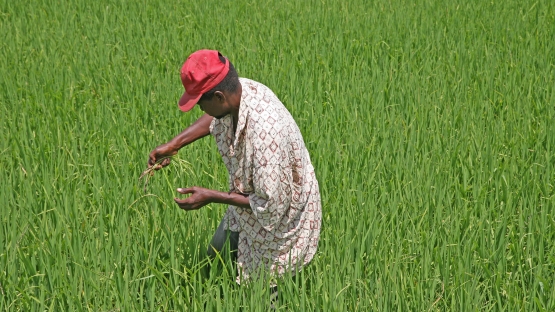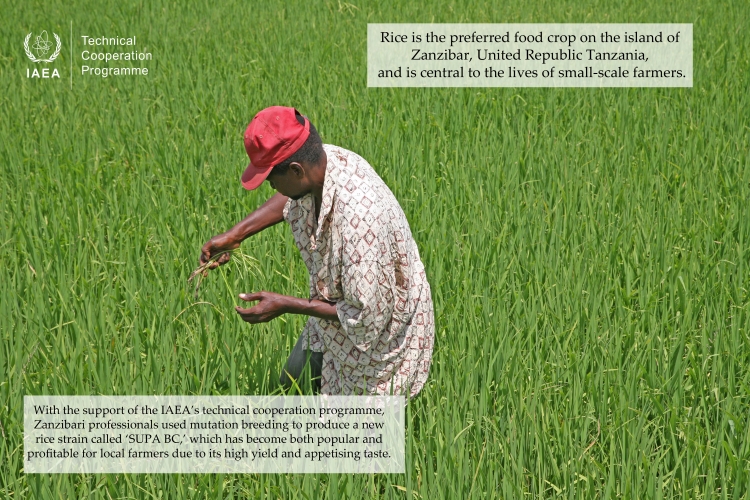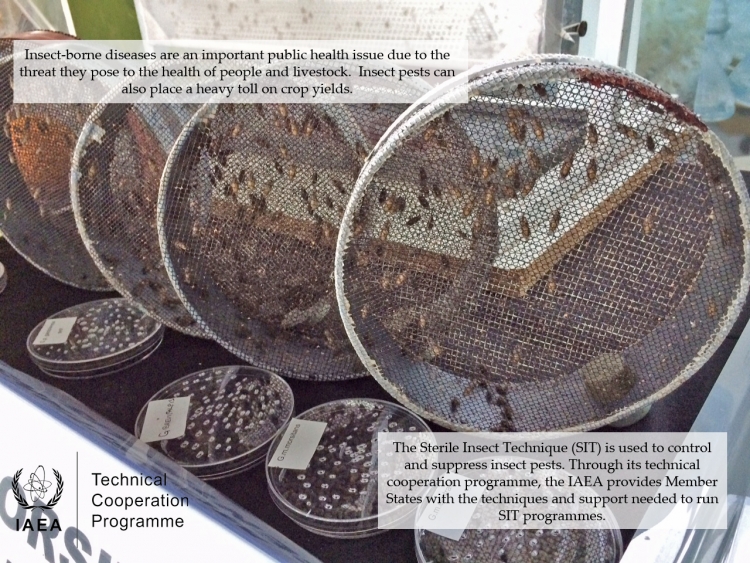The struggle against hunger and malnutrition has been the focus of human efforts since pre-history, but 70 years ago-on October 16th, 1945-when 42 countries gathered in in Quebec, Canada, to establish the Food and Agriculture Organization of the United Nations (FAO), it was an important step in the direction of ending that struggle. While poverty and hunger have certainly declined worldwide in recent decades, progress has been uneven, particularly in rural areas. Reflecting the need to improve conditions among the rural poor, this year's World Food Day is dedicated to the breaking the cycle of rural poverty.
Observed each year on the date of the FAO's founding, October 16, World Food Day provides an opportunity to consider the problem of hunger, to promote the transfer of technologies to the developing world, and to encourage the participation of rural peoples, especially women and the least privileged, in decision-making processes. The Day's objectives correspond closely to the newly-adopted Sustainable Development Goals (SDGs), the first two of which are ending poverty and ending hunger.
The IAEA plays an important but little known role in addressing hunger. A range of nuclear techniques can be applied to improve crops, increase drought resilience, enhance livestock productivity and reduce insect pests. Isotopes such as nitrogen-15 help us better manage fertilisers, assess nitrogen intake and identify root bacteria; mutation-induced plant breeding can increase the genetic variability of crops, leading to more resilient strains; and the field of isotope hydrology is increasingly revealing hydrogeological trends and forces that help us manage our water resources. Through its technical cooperation (TC) programme, with the technical support of the Joint FAO/IAEA Division, the IAEA is helping its Member States build capacities in these techniques, among others, allowing them to lift people out of poverty and shield them from food insecurity.
The barley production industry of Eritrea provides a recent example of how the IAEA technical cooperation programme is supporting IAEA Member States in their efforts to eradicate both hunger and poverty in the country's highland provinces. At the household level, enhancing barley crop productivity is part and parcel of food security in Eritrea, as barley yields are either sold by local farmers or consumed by local residents. Despite centuries of consistent barley production in the region, intensifying droughts have led to low-yields in recent decades.
To improve the livelihoods of farmers and consumers alike, a technical cooperation project1 was launched in 2012 to support Eritrean scientists and agriculture experts as they built capacities in mutation breeding and the N-15 technique. Through the provision of equipment and consumables for analysis, and by organizing expert missions and training workshops, the project facilitated the application of radiation to produce superior barley strains for malting, food and livestock feed. A year after the initial launch of the project, Eritrean barley strains were fortified in protein and produced larger seeds when tested. When the fortified strains reach the market, they will lead to more filling meals for customers and more revenue for the local farmers.
In the Asia & the Pacific, a regional project2 has helped reduce the risks associated with food-borne pathogens and microorganisms, which typically affect the young, elderly and the immunocompromised. The project pooled the efforts of 31 Member States in order to build regional faculties in the use of food irradiation, which is one of the few technologies that simultaneously addresses food quality and safety. Group training events and procurement, organized as part of the regional project, have made irradiated foods more available in the region, providing safe alternatives for new-born infants, the elderly and hospital patients who require special diets.
The Colombian government requested IAEA help3 in improving locally strains of rice. Once again, efforts were made to build indigenous capacities in the development of radiation-induced plant mutations, which would be more resistant to disease, and resilient to drought conditions and acidic soils. Rice producers, particularly farmers, are already benefitting from the new strains of rice made available to them through this TC project, and will continue to see their profits rise as yields increase.
The desire to survive and to prosper in good health is central to the human experience. Yet despite these universal needs, more than 1.2 billion people-approximately a fifth of the global population-continue to live in extreme deprivation. The most imperilled are the 800 million subsistence farmers, herders, fishers and migrant workers who live in rural environments. By introducing nuclear techniques which improve the quality and quantity of staple foods, the IAEA is contributing to a global rise in living standards and a reduction in poverty and extreme hunger.
1 ERI/5/008
2 RAS/5/061
3 COL/5/024






